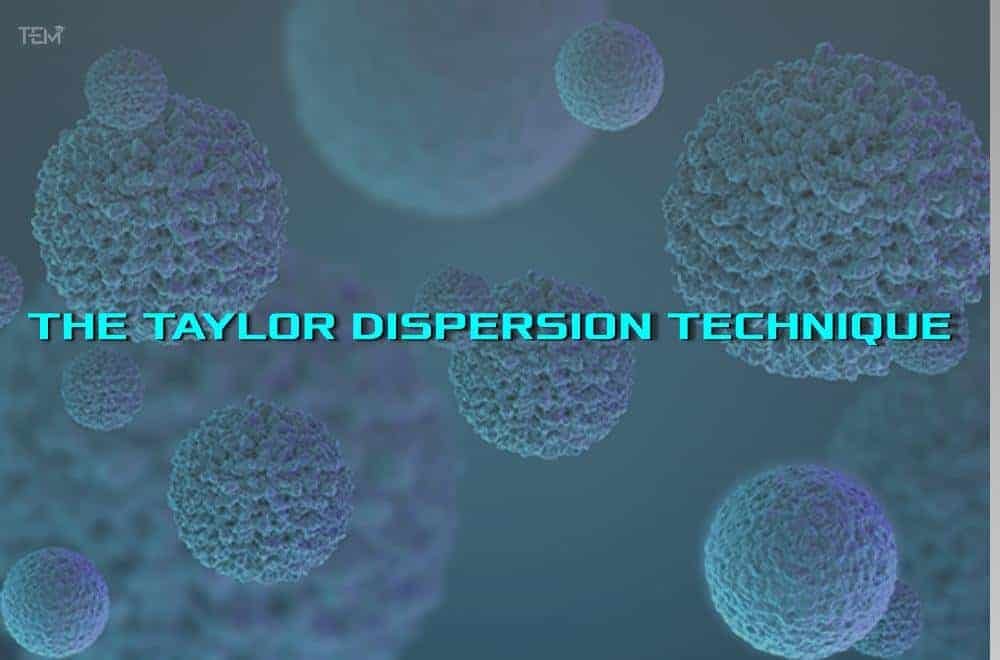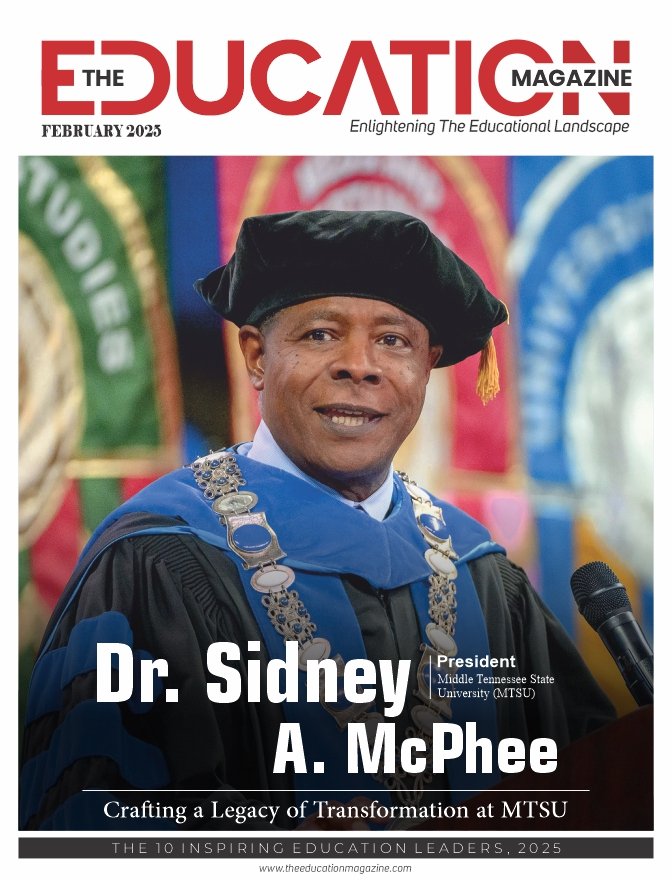Key Highlights:
- Researchers have identified a way to study the movement and dispersion of nanoparticles in flowing fluids
- The research has been performed using the Taylor Dispersion effect and the Monte Carlo Simulation
- Researchers used the Oscar supercomputer to run numerical simulation on several elongated particles subjected to shear fluid flow
Researchers Involved in this Study

University researchers have recently published a study on movement of nanoparticles in flowing fluids. Based on this research, scientists and researchers can one day predict the behaviors of non-spherical biological objects such as bacteria, and microscopic health technology devices.
Daniel Harris, who is an assistant professor of Engineering, was the principal investigator. Other researchers working with Daniel were Stuart Thomson, Ajay Harishankar Kumar ScM’20, and Thomas Powers (Professor of Engineering and Physics).
The Taylor Dispersion technique

The research was conducted by referring the work of mathematician G.I. Taylor. Taylor has described in his work how shear flow–a type of fluid flow induced by a pressure gradient–causes spherical nanoparticles to disperse and spread out. This effect is known as Taylor Dispersion which is very important in fluid dynamics.
The research was conducted on spherical nanoparticles as it is easier to do analysis and calculations on spherical particles. In reality, everything is not spherical however, the study was performed by considering particles in the form of an ellipsoid or a long-shaped rod. These ellipsoid-shaped particles are also known as elongated rods.
The Monte Carlo Simulation

To study the motion of ellipsoid-shaped particles, the researchers used the Monte Carlo simulation–which is a type of computational algorithm that uses repeated random sampling. They also used the Oscar supercomputer from Brown’s Center for Computation and Visualization. This was used to run numerical simulations on nearly a million elongated particles subjected to shear fluid flow.
The Monte Carlo simulations studied the effect on elongated rods and their movement by both–fluid flow and the Brownian motion (the random movement of particles in stagnant fluid). These simulations helped researchers analyze the speed of the particles and the movement of the particles. The spreading of the particles was used to calculate a dispersion coefficient.
During this research, it was found that rod-shaped particles spread much more than the spherical particles in high fluid flow. Another useful observation was that the decrease in the speed of the elongated rods was statistically insignificant as compared to the increase in dispersion co-efficient. All of these observations helped the researchers to calculate a correction factor.










